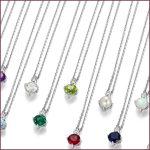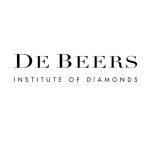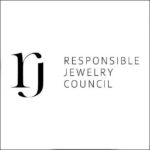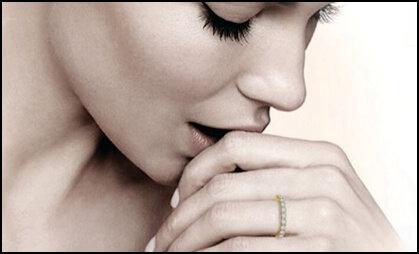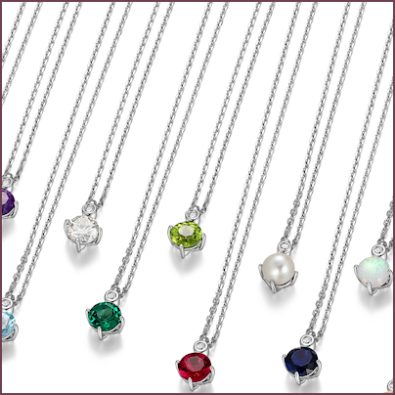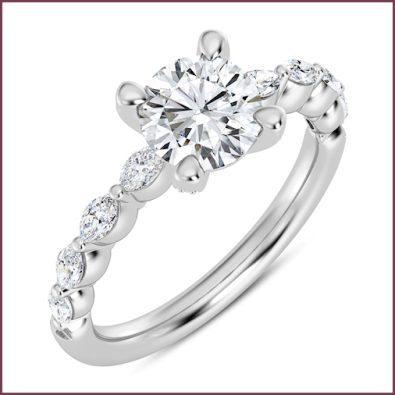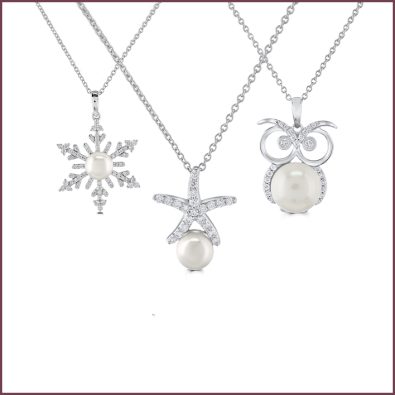Post-Pandemic Outlook
Retailers have an unprecedented opportunity to reevaluate every aspect of their businesses.
It’s going to be harder and take longer for the U.S. economy to recover from the coronavirus pandemic than it did from the 2008-2009 Great Recession, most analysts agree.
Unlike other recessions, this one, which officially started in February, is unpredictable with more variables at play than just financial concerns. With high unemployment, American consumers are holding tight to their purse strings in preparation for the worst still to come.
The coronavirus shutdown forced consumers worldwide to reset their purchasing behavior, and at every income level. In a blink of an eye, consumer spending shifted from discretionary to necessary purchases. After growing 3 percent from 2018 to 2019, personal consumption fell 4 percent the first half of 2020, compared to same time last year, a $303 billion economic loss.
While affluent consumers (household income over $100,000) have been largely immune to the COVID economic crisis, particularly the ultra rich, they have changed shopping habits and re-examined priorities, finds the American Marketing Group (AMG) in a recent white paper.
Roughly a quarter of the nation’s 131 million households earn more than $100,000, and account for nearly 50 percent of all consumer spending, reports the Bureau of Labor Statistics Consumer Expenditure Survey. That equates to some $6 trillion spending in the total $13 trillion U.S. consumer economy in 2019.
COVID-19 is the “black-swan event that changed everything”, AMG cites, forecasting dramatic shifts in consumer spending to come. Consumers are experiencing high anxiety, leading to behavioral shifts that won’t likely snap back to pre-crisis norms post-pandemic. Luxury marketers must consider how their consumers’ values and lifestyles will change as a result of the reset experienced.
Digital Investments Key
The Boston Consulting Group (BCG) in a recent white paper reports that online shopping behaviors continue to include not only transactions, but also the inspiration stage of the purchase journey, which now accounts for a large portion of consumers’ online shopping-related activity. Gen Z shoppers, in particular devote half of the time making a purchase, seeking inspiration or inspiring others.
If consumers are spending more time in the inspiration phase of the path to purchase, then brands need to be there as well, including on social channels such as Instagram and WeChat, BCG advocates. To win over luxury buyers, brands must invest in boosting their visibility in these channels, offering amenities like virtual try-on and giving customers a more personalized experience.
Consumers today, especially Millennials and Gen Z, reach for their smart phones and computers to discover new products and learn more in depth about almost anything, says Jiji Lee in a recent podcast for The Plumb Club. The marketing director for Jewelmark, encourages jewelers to strongly invest in building brand awareness in the digital space where people spend most of their time.
To maximize brand awareness, Lee advocates jewelers invest in at least five of the seven top digital marketing strategies of reaching consumers — mobile ads, SEO, SEM, email marketing, website design and display ads. She considers display ads and social media two musts of the five.
Display ads, Lee says, generate valuable leads and traffic for high value engagement when consumers react to the ads. Social media is the only platform that provides an ongoing dialogue and interaction with brand followers, shares emotional connection touch points, and the most effective space to offer real-time experiences, earn loyalty, and sustain the engagement.
Pam Danziger, president of Unity Marketing, finds in the firm’s latest research that luxury marketers must understand the new role brands play as consumers shift toward eating, shopping, socializing, working, learning, exercising, and more from home. At-home is a priority, even a necessity as consumers spend more time in their homes and away from stores. She advocates retailers examine the role of the store in their business, and accelerate home engagement with employees live streaming to serve customers remotely.
Develop Experiential Retail
“Retailers have an unprecedented opportunity to reevaluate every aspect of their businesses, not just how to reassure staff and customers are safe when they cross the threshold,” Danziger encourages. “The store’s look, feel, arrangement, traffic flow, merchandising and marketing need to be adjusted for the new post-coronavirus reality. This requires a deep understanding of customers, how they feel, and what they will want and need. There are opportunities for marketers to create new expressions of luxury in goods and services, and explore new business models that can turn creativity into profits.”

Citing Cowen Research, Danziger identifies convenience, curation and culture as the three key ingredients in experiential retail. Convenience in making the shopping and buying experience easy and quick, and fit to our fast-paced lifestyles, she explains, citing online shopping, home delivery, curbside pickup, by-appointment private shopping experiences, and remote virtual appointments ways retailers can tap into this direction.
Curation, Danziger describes, differentiates a retailer in a crowded marketplace by offering products uniquely tuned to their customers’ value systems, with emphasis on value [maximum value at the best possible price] and values [like sustainability and responsibility] that are most important to the customer.” Culture, she says, recognizes consumers want more meaningful experiences.
In a recent Plumb Club podcast, brand experience specialist Pam Levine, president of Levine Luxury Branding, reinforces that experience will be more important than product and price moving forward.
Levine encourages retailers consider their merchandise presentations, window displays and environment as their “space of engagement” to create experiences. “Think about how you can surprise, delight and stimulate the sense of discovery and desire for mementos. What customers see plays a huge role in how they feel and react. These visual cues lower the barriers and relax the defenses, putting customers at ease, giving them choices and directions to feel free to engage and explore.”
Merchandise Quiet Luxury
As affluent consumers emerge from isolation, having time to reflect on what’s most important to them, their spending habits will likely shift dramatically. Beth McGroarty, director of research and public relations at the Global Wellness Institute (GWI), expects a check on consumerism: “People have been forced to stop it, and realize it doesn’t matter, it doesn’t make them happier.”
For years, people have been complaining that they have too much stuff, yet all the while spending money to store it and valuable time to organize it. The culture has shifted in the past four months from discretionary spending towards needs-based categories, finds Cowen Research. People are ready to do something about min dless accumulation, moving to a less-is-more attitude.
dless accumulation, moving to a less-is-more attitude.
BCG finds brands whose products are perceived to be timeless have not and will not be affected as much as those that are more dependent on fashion trends and fads. The consultancy group sees a quieter style of luxury emerging. The next decade will be one of uneasy affluence, with shoppers in many parts of the world reverting to less conspicuous forms of luxury.
